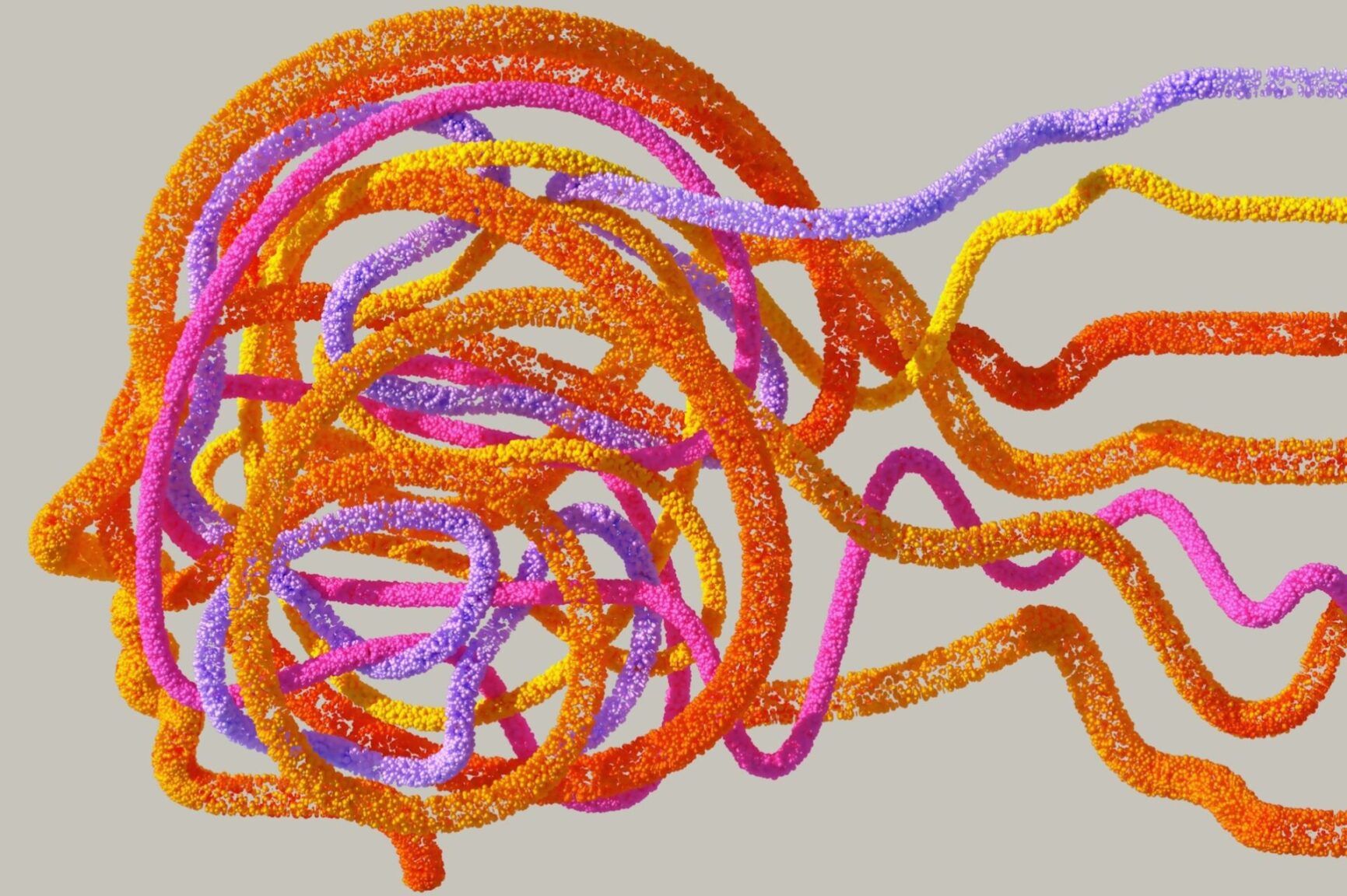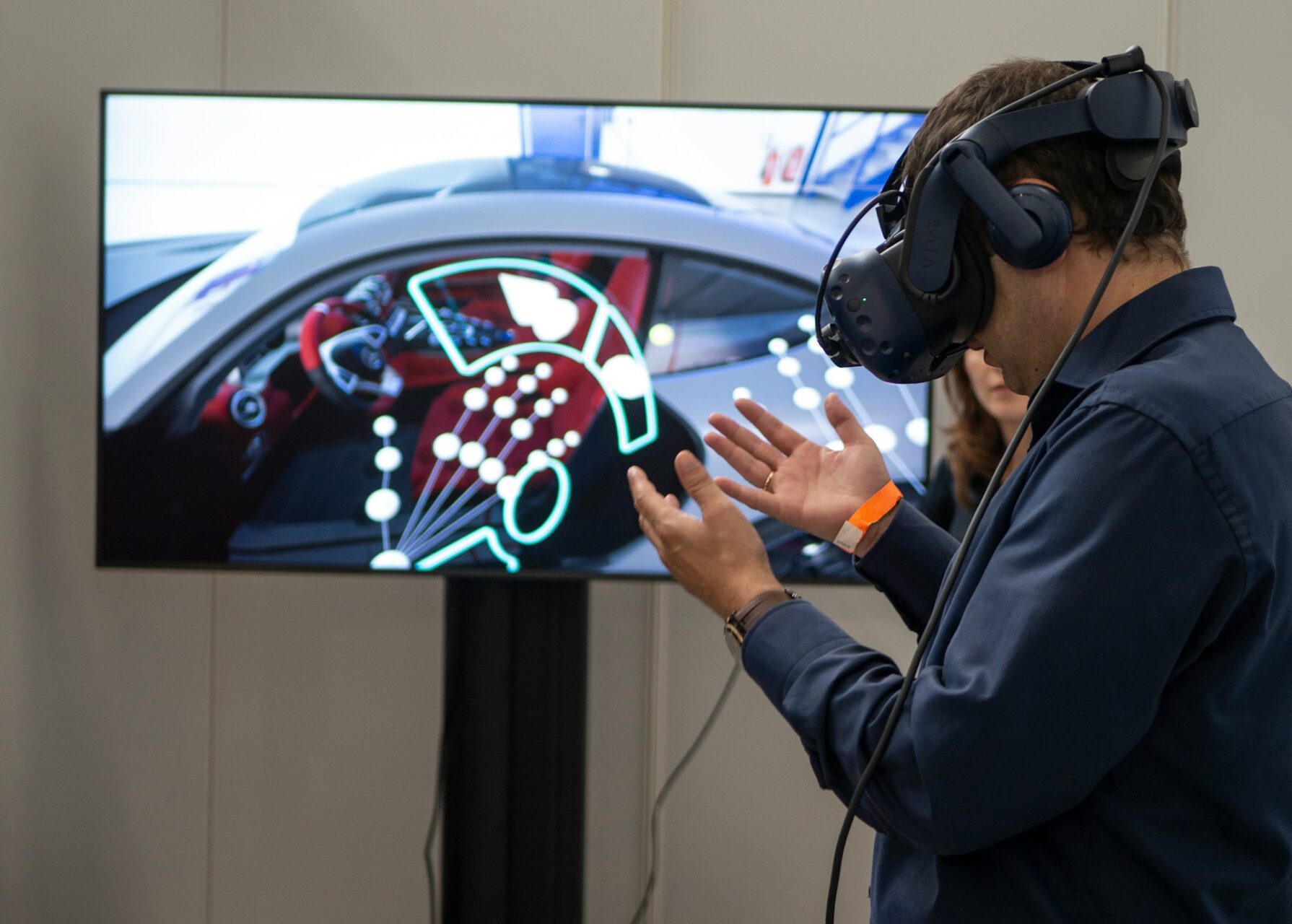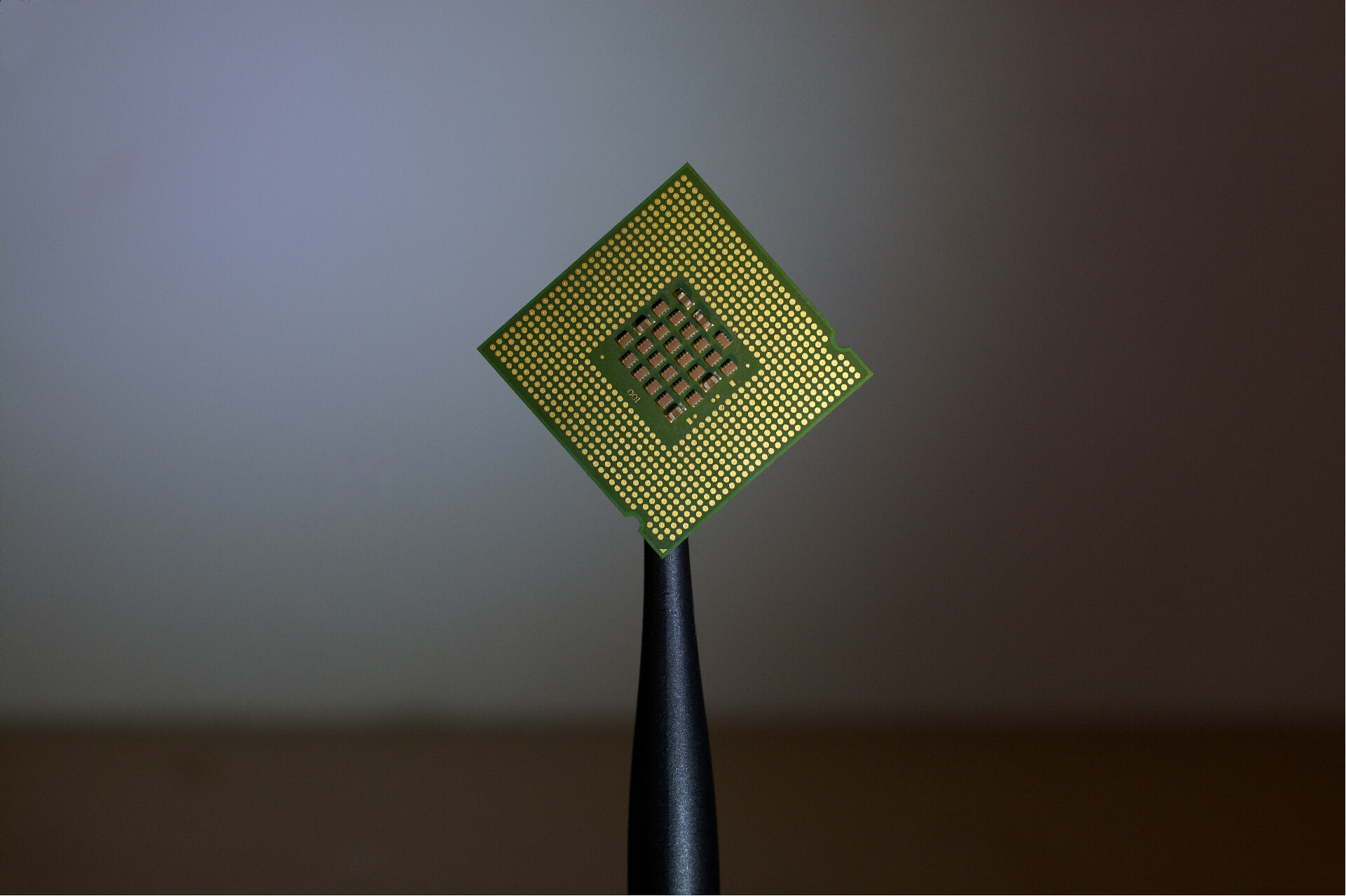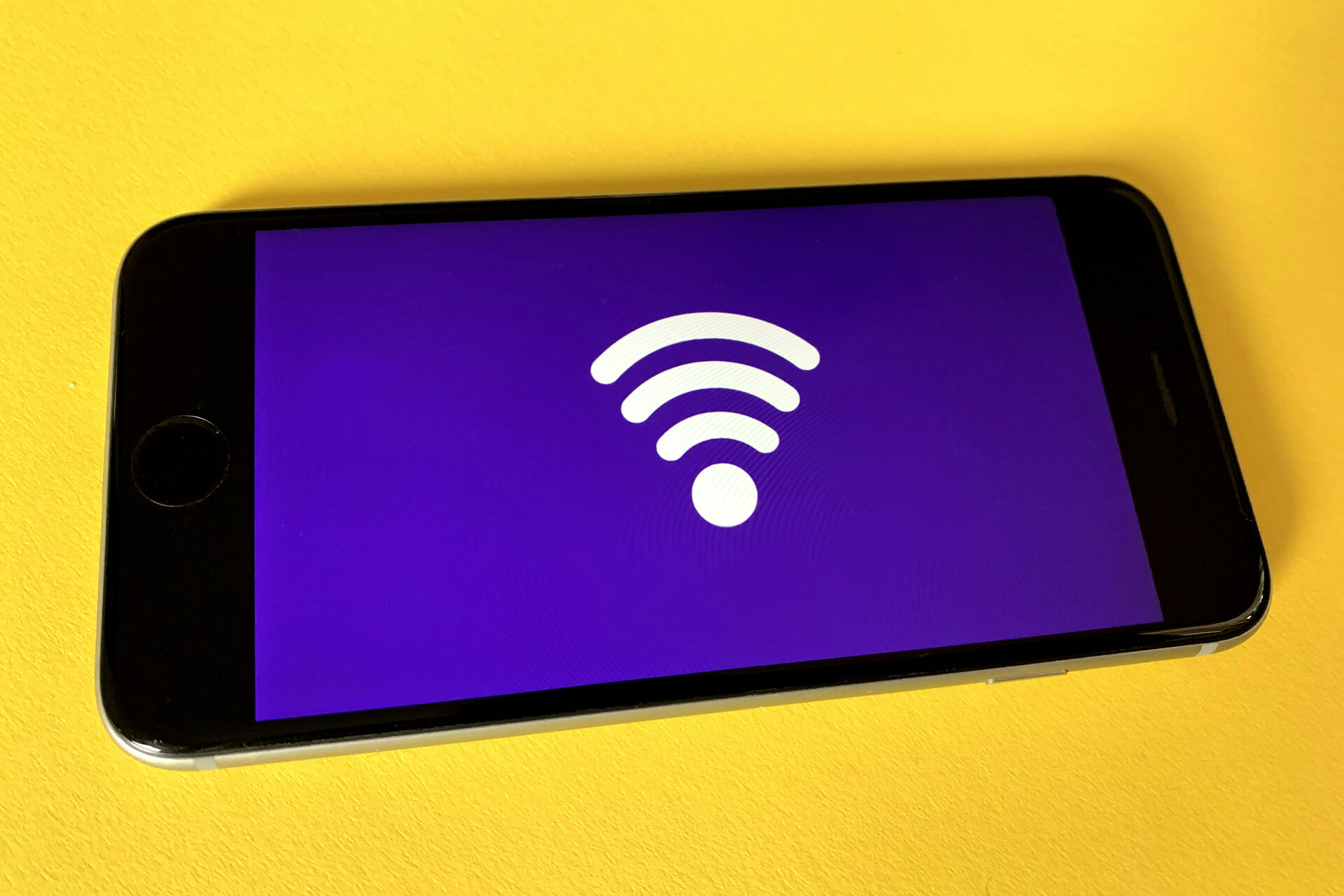
Brain-Computer Interfaces: The Final Frontier of Computing Technology
June 18, 2025 - Lou Farrell
Revolutionized is reader-supported. When you buy through links on our site, we may earn an affiliate commission. Learn more here.
The tech sector is enraptured by artificial intelligence and quantum computing. Although these next-generation solutions will redefine computing, they are stepping stones, not stopping places. Brain-computer interfaces may not be as sensationalized, but their impact will be exponentially larger once they clear regulatory hurdles.
Brain-Computer Interfaces Are the Future of Computing
Personal computers and smartphones were turning points for computing technology. Since their arrival, innovation has stalled somewhat. Research and development teams are focused on implementing incremental upgrades rather than reinventing the wheel. Every year, companies release better cameras, higher resolutions or lighter laptops.
Global tech giants have begun exploring AI and quantum computing—think Apple Intelligence and desktop quantum computers. While these innovations could have lasting impacts on the consumer market, they leave space for innovation, making room for brain-computer interfaces.

While exploration into this hardware began in the 1960s, the first successful demonstration came decades later. What started as a clunky electroencephalogram (EEG) system branched into several categories. While the technology hasn’t yet made it out of clinical trials, it has already undergone dramatic transformations, each one better than the last.
Given that computing technology involves tools and systems to process, store and communicate data, the brain-computer interface is clearly its final frontier. What is more seamless than generating and transmitting data directly? Users can play video games, send messages or browse the internet without lifting a finger.
Why All Eyes Are on Brain-Computer Interface Technology
Many people accuse digital advertisements and social media algorithms of reading their minds. A brain-machine interface could actually let their thoughts shape their digital interactions. In addition to being a next-generation assistive device, it represents a milestone for technological advancement. It closes the gap between intention and action, eliminating friction.
Any model can interface directly with smartphones, virtual reality headsets or computers. Modern EEG systems have better noise filtering, portability and signal clarity than legacy versions, making accurately capturing brain activity easier. As a result, implants are becoming less necessary. Wearables have a much broader appeal because they aren’t as invasive.
Researchers are beginning to incorporate advanced algorithms into interface tools. They can interpret and analyze neural activity, reducing delays and improving responsiveness. Neural networks leverage layers of artificial neurons to mimic neural activity, making this pairing ideal. Edge AI could significantly accelerate processing speeds for large workloads.
Exploring the Applications and Implications of Daily Use
There are numerous brain-computer interface applications in the medicine, military, retail and entertainment sectors. Theoretically, people could use them to control a drone swarm or hyperpersonalize their streaming service’s algorithm. Notably, while these use cases are interesting, tech experts shouldn’t overlook the everyday aspects of utilization.
How average people interact with a device during their day-to-day determines whether it will become ubiquitous. Widespread machine-human integrative tools will establish a novel peer-to-peer communication network, enabling a new age of communication that goes beyond standard digitalization.
Most modern brain-machine interfaces are closed-loop systems, continuously adjusting based on neurological feedback. A bidirectional design—which can receive and transmit signals to users—has entered the preclinical stage. It stimulates the brain to drive neural activity, potentially improving recall or boosting intelligence.
Science fiction technology tends to center around personal floating holograms. In even the most imaginative settings, people are bound to a display and a user interface. With a bidirectional brain-computer interface, they could send, receive and store information using only their brain signals, making processing and communication seamless.
Say someone needs to go to the grocery store. Thanks to their bidirectional device, a quick glance at their shopping list burns the data into their short-term memory, enabling them to recall it even if they get distracted. This is as frictionless as computing technology gets.
Overcoming Deployment and Utilization Challenges
All implantable and most wearable brain-computer interfaces are still clearing regulatory hurdles. Understandably, regulatory agencies want to be cautious. Even if they approve every device, companies must navigate public perception, combating everything from outlandish mind control conspiracy theories and valid concerns about targeted cyberattacks.
Even if these tools are the final frontier of computing technology, they won’t make it far if tech companies can’t secure consumer buy-in. Hopefully, wearables will make their job easier by showing people implementation is straightforward, painless and reversible. Generally, invasive implants are only ideal for those who need to control robotic limbs or recover from a stroke.

Georgia Tech researchers have already developed a microsensor capable of high-fidelity signals during regular activity. It goes between hair follicles on the scalp—a painless, imperceptible process. Participants wore it while they stood, sat, walked and ran. The study proved that machine-human integrative technology is not only possible but practical.
All of that being said, this future hinges on these tools receiving regulatory approval and becoming relatively affordable. Some may qualify for breakthrough device status through the United States Food and Drug Administration, which could accelerate their time to market.
The Future Direction of Brain-Computer Interface Solutions
Smartphones and computers are involved in most day-to-day interactions. When someone wants to talk to a friend, search for a solution or touch base with a colleague, they rely on these tools. To be dubbed “the final frontier of computing technology,” an invention must be so practical that it is even more ubiquitous. Brain-computing interfaces fit that description.
It could be years before implants and wearables reach the medical field, let alone the consumer market. However, at the exponential pace technology is advancing, it may happen by the end of the decade.
Revolutionized is reader-supported. When you buy through links on our site, we may earn an affiliate commission. Learn more here.
Author
Lou Farrell
Lou Farrell, Senior Editor, is a science and technology writer at Revolutionized, specializing in technological advancements and the impacts on the environment from new developments in the industry. He loves almost nothing more than writing, and enthusiastically tackles each new challenge in this ever-changing world. If not writing, he enjoys unwinding with some casual gaming, or a good sci-fi or fantasy novel.







